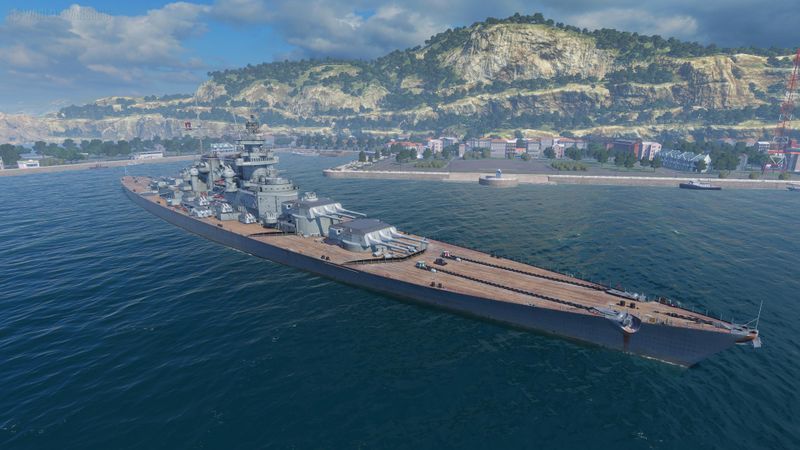

While this was sufficient to rival other battleships of the period, British and US battleships all had heavier armor, with belt armors exceeding 13 inches for many classes.Īfter experimentation with the six turret design of the Fuso and Ise classes, Hiraga and his designers decided to revert back to a quadruple turret design, determining this configuration to be the most effective. The main belt and the barbette rings received 12 inches of armor, whilst the conning tower and the turret faces received 14 inches and 18 inches of armor, respectively. Ergo, the Japanese opted to implement the “all-or-nothing” armor principle that was championed by the US maximal armor to the vital areas whist non-critical surfaces receives minimal armor. In electing to focus on propulsion and speed, weight had to be saved from the armoring. In fact, the US Navy didn’t know the true speed of the class until well into the late 1930s. This was not a fact the Japanese Navy boasted about, however, instead electing to keep the true speed a closely guarded secret. Altogether, they generated 80,000 shaft horsepower and propelled the ships to speeds above 26 knots, significantly faster than their competition. These boilers then fed into four (4) geared turbines that each powered a single screw. It was decided to fit no less than twenty-one (21) Kampon boilers into them: fifteen (15) oil-fired and six (6) mix-fired. The Japanese determined that high-speed was an integral asset to making a battleship an effective weapon as such, the Nagato-class were designed to be the fastest battleships in the world. What ultimately emerged were the most advanced battleships afloat in the world. Hiraga and his team were meticulous, delaying final completion of her plans until mid-1917 in order to incorporate the lessons learned from the Battle of Jutland the previous year. As such, from the outset the Nagato-class were set to be first-rate dreadnoughts, competitive with the offerings of the other navies of the world (chiefly the Colorado-class battleships that were being built by the United States). By this time, Japan was a steadfast, growing naval power and wanted their designs to reflect such a status. Led by famed naval architect Yuzuru Hiraga, planning and design for the Nagato-class began in 1916.


 0 kommentar(er)
0 kommentar(er)
